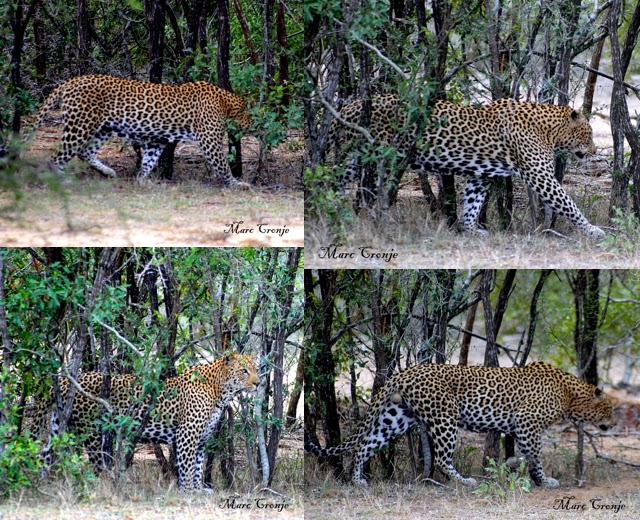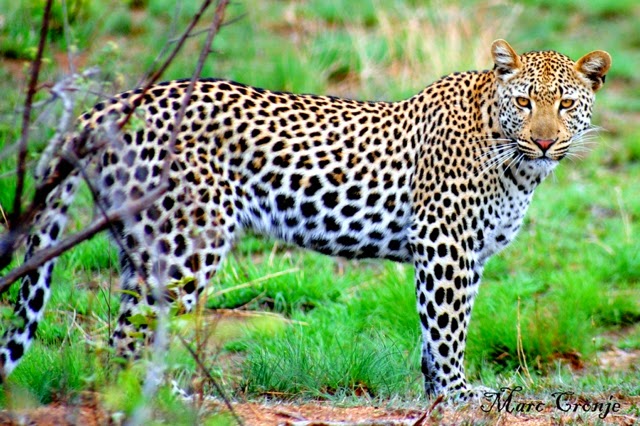Our contributing photographer is Marc Cronje.
Marc is a free lance guide in Kruger. He was brought up stains conservation and wildlife. His Dad worked in the JHB Zoo for 25 years it was there that Marc's passion for animals was born.
His family moved to Nelspruit to run the Jane Goodall Institute, Chimp Eden. (It's a sanctuary for rescued chimpanzees from the illegal bush meat trade in central Africa.) He worked there for 7 years is about to finish a degree in nature conservation.
We hope you enjoy some of his November 2014 collection from Ingwe Bush Camp.
1.)
2.
3.
4.
Pictures 1, 2, 3 & 4 are from Ingwe Bush Camp. Natamweri causeway. 15 Nov 2014
5.
6.
7.
8.
9.
10.
Pictures 5, 6, 7, 8, 9 & 10 are from Ingwe Bush Camp. Watergat, Dois.19 Nov 2014 (Flat rock male)
11.
12.
13.
14.
15.
Pictures 11, 12, 13, 15 & 15 are from Ingwe Bush Camp 1.7 past lower sabie towards skuks. 29 Nov 2014 (Lubye Lubye male)
16.
17.
Pictures 16 & 17 are from Ingwe Bush Camp. Lake Panic. November 2014
















































